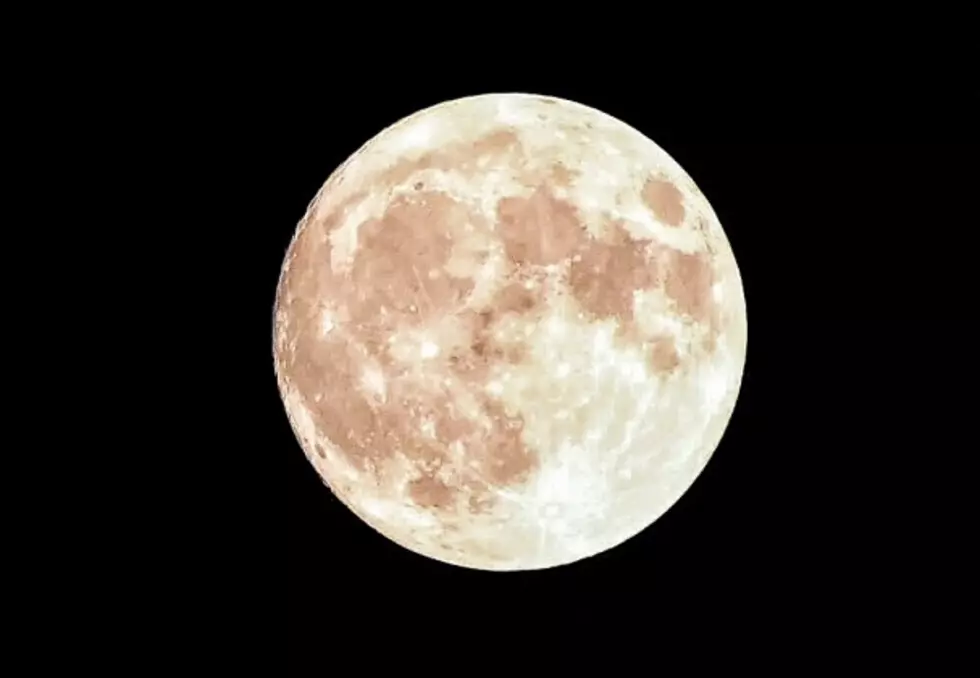
Monday night’s Supermoon the closest in almost 69 years
Monday night's moon will be completely full and at its closest approach to the Earth in its orbit, making it a Supermoon. NASA scientist Noah Petro says "this will be the closest the moon has been to the Earth since January 1948."
If you consider 221,525 miles "close," in 1948 the moon was about 32 miles closer.
"To the moon, 32 miles isn't that much. The reason that it's not always the same distance closer is because the orbit of the moon around the Earth is a dynamic system. It's influenced by the gravity of the sun, the Earth, other objects in the solar system, so it's constantly getting pushed and pulled away. But we do get wide variations over several tens of thousands of kilometers and its orbit around the Earth."
"It won't be this close to the Earth again until November of 2034 and it will actually be closer than this by about 20 kilometers."
Petra explained Monday night's Supermoon will look about 14 percent larger than the smallest full moon.
"That's a small amount of difference. Now, if you're used to looking at the moon, if you're actually taking pictures of the moon, you can see that difference. It will, however, be about 30 percent brighter, which may actually be something people will notice," Petro said.
The moon will be fullest and closest around 6 a.m., but Petro notes viewing for people on the East Coast won't be best until at night.
"I know the Giants are playing Monday night, so at half time at the Giants game go out and take a look at the moon and the sky," said Petro.
You'll be able to see the Supermoon without binoculars or a telescope, but Petro recommends that if you do use them, continue to view the moon over the next several months so you'll be able to compare the change in size and phase since the Supermoon.
NASA's Lunar Reconnaissance Orbitor, or LRO, has been mapping the moon's surface and capturing high-resolution images for more than seven years.
"We're actually able to detect changes in the surface. It's the first time that we've had a mission at the moon this long, and because of that we're able to, for instance, compare pictures taken seven years ago, six years ago, to images taken now, and in that time we can actually see new impact craters that have formed and see the surface changing because of interactions with objects striking the surface," Petro said.
"This is telling us that the surface of the moon is churning, being turned over, at a faster rate than we expected before our mission. Before LRO, we though it would take millions of years for the surface to churn over. In fact, it may take as little as 86,000 or 100,000 years for the very upper surface to be turned over," Petro added.
That means the traces of the Apollo astronauts on the surface of the moon may disappear at a much faster rate.
"Again, this is over thousands of years over geologic time, but still, that's telling us something very important about what's happening at the moon and by association everywhere else in the solar system, including the Earth."
Also on New Jersey 101.5:
Contact reporter Dianne DeOliveira at Dianne.DeOliveira@townsquaremedia.com
More From New Jersey 101.5 FM





![The Moon Was Out But Not Over NJ [VIDEO]](http://townsquare.media/site/385/files/2012/05/143944444.jpg?w=980&q=75)



